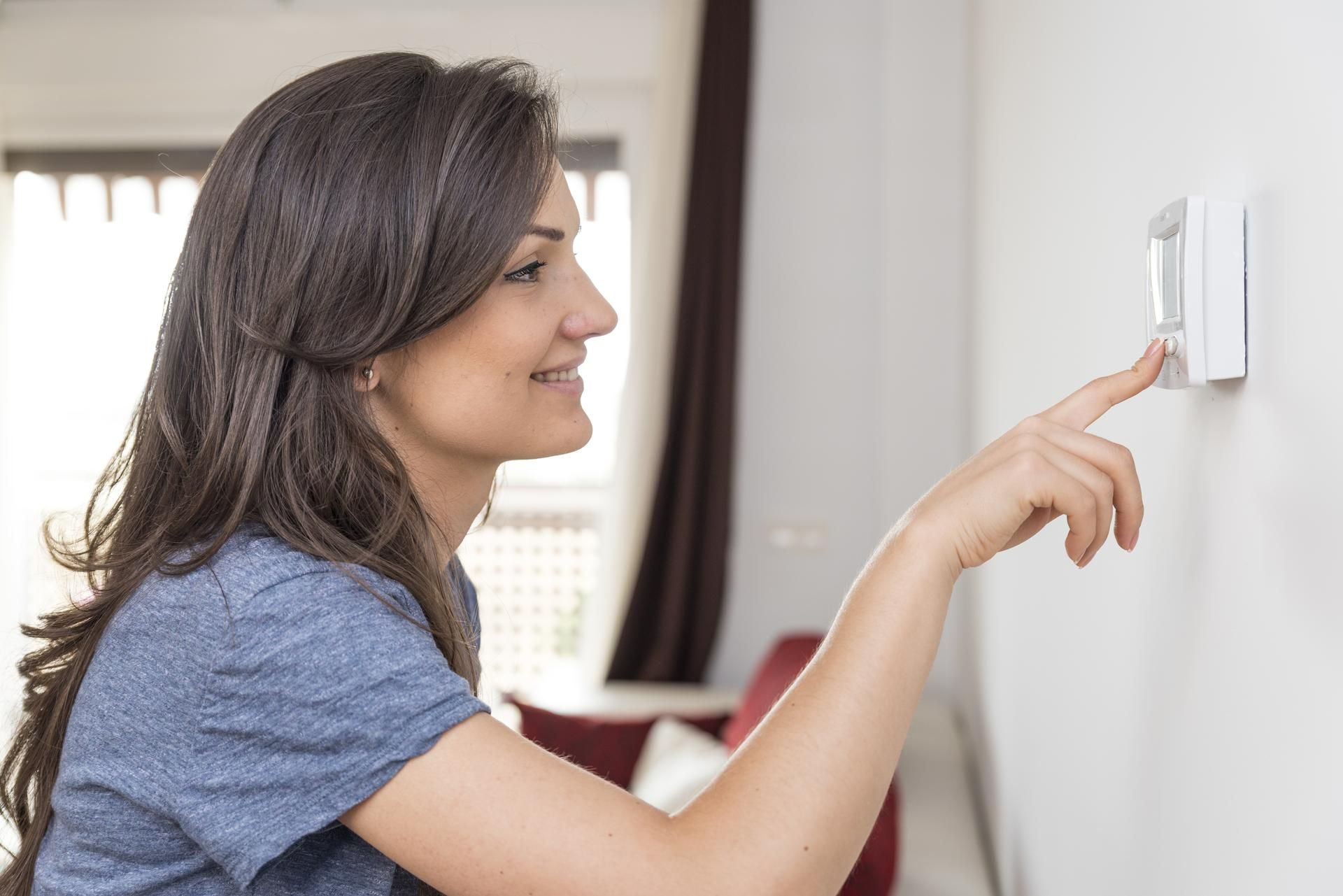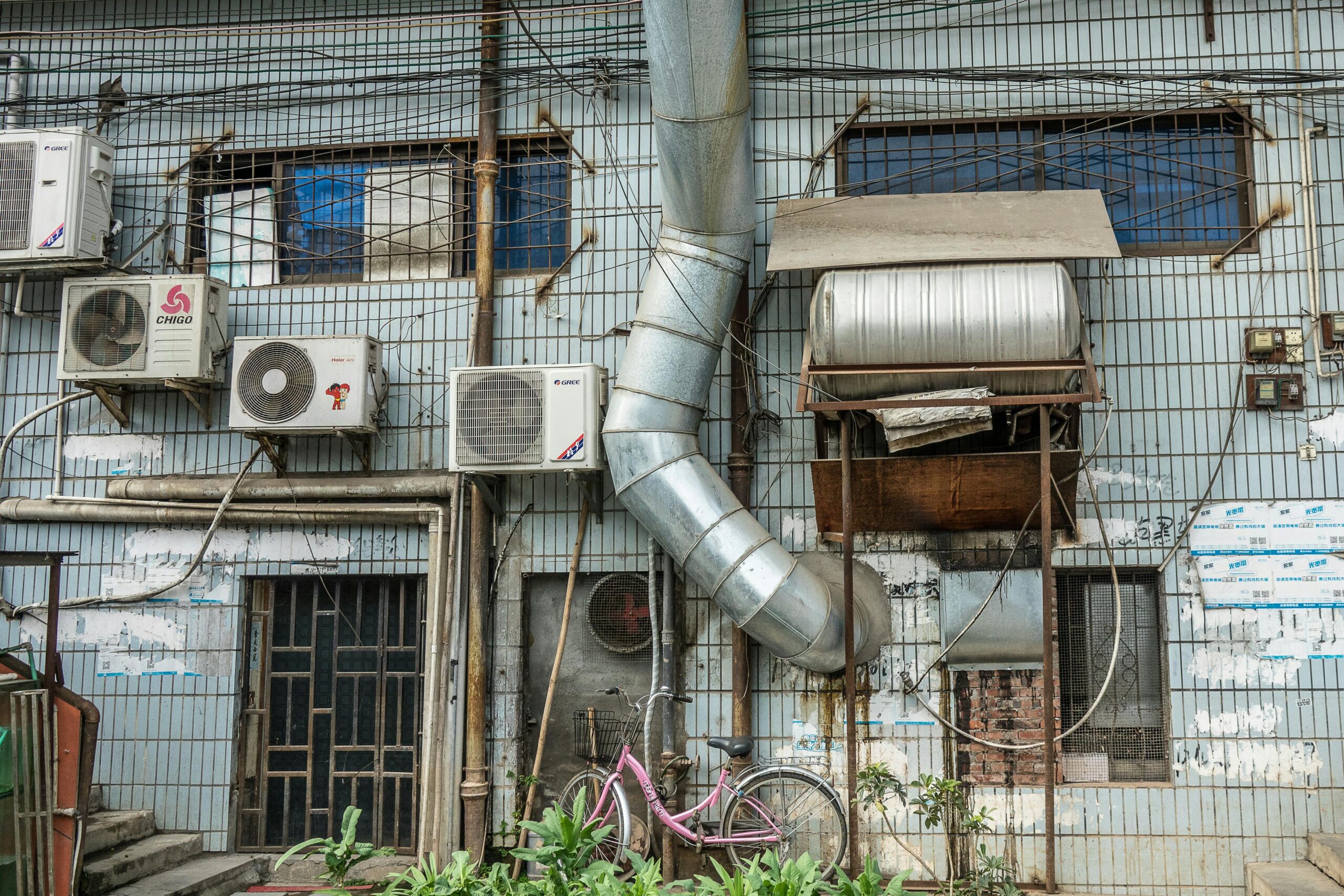Serving The Wasatch Front Area

4 Components You Need To Make Your HVAC System Smart
June 6, 2023
Smart HVAC systems offer precise temperature control, optimize energy consumption, and reduce costs. The systems also provide remote access and monitoring, allowing users to adjust settings from anywhere. Smart HVAC systems also integrate with other smart devices, enhancing automation and creating a seamless, comfortable environment.
The following components can make your HVAC system smart.
1. Smart Thermostat
A smart thermostat is an advanced home automation technology that enables homeowners to remotely monitor and adjust the temperature settings of their HVAC systems using their smartphones, tablets, or other connected devices.
Unlike traditional thermostats that require manual adjustments, smart thermostats utilize Wi-Fi connectivity and intelligent sensors to gather data about the home environment and occupants’ preferences. These devices learn from user behavior and adjust temperature settings accordingly, optimizing energy efficiency and enhancing comfort.
Smart thermostats offer a range of features and benefits. Users can create customized schedules, set temperature presets, and even receive energy usage reports to help them make informed decisions. With their ability to adapt to users’ needs, promote energy savings, and offer convenient control options, smart thermostats not only enhance comfort but reduce the environmental impact HVAC systems can create.
2. Smart Vents
Smart vents allow for intelligent and automated control of airflow in individual rooms or zones. Instead of relying on manual adjustments or traditional thermostats, smart vents utilize built-in sensors and connectivity features to optimize temperature distribution and energy efficiency.
You can integrate the smart vent with a central hub or a smart home system so as to remotely control the vents through mobile applications. Smart vents enable users to adjust airflow and temperature settings on a room-by-room basis, providing personalized comfort and energy savings. Some smart vents even learn occupants’ preferences and adapt the HVAC system accordingly.
With their ability to monitor and regulate airflow, smart vents contribute to a balanced climate throughout the building, eliminating hot and cold spots. Additionally, the vents enable more precise temperature control, reducing energy consumption and utility costs.
3. Smart Humidifier
A smart humidifier regulates and optimizes humidity levels in indoor spaces. The humidifier utilizes intelligent features and connectivity capabilities to provide precise control over the humidity in a room or throughout a building. Unlike traditional humidifiers, smart humidifiers have remote control features.
The primary function of a smart humidifier is to add moisture to the air when it is too dry. It achieves this by releasing water vapor into the environment, helping to alleviate symptoms caused by dry air, such as dry skin, irritated sinuses, and respiratory discomfort. Smart humidifiers often come with built-in sensors that monitor humidity levels in real time and adjust the moisture output accordingly, ensuring optimal humidity for enhanced comfort and health.
The benefits of using a smart humidifier are numerous. Firstly, it helps to maintain an optimal level of humidity, which is essential for respiratory health, especially during dry seasons or in regions with low humidity. Secondly, intelligent humidifiers offer convenience through remote control, allowing users to adjust settings and monitor humidity levels from anywhere. Homeowners can also program smart humidifiers based on specific schedules or preferences.
4. Smart Environmental Sensors
HVAC environmental sensors are smart devices used in HVAC systems to monitor and measure various environmental parameters. These sensors detect and provide real-time data on factors such as temperature, humidity, air quality, occupancy, and more. By collecting this information, HVAC environmental sensors enable the HVAC system to make informed decisions and adjustments to maintain optimal conditions in indoor spaces.
The sensors help ensure that the temperature is comfortable, humidity is within the desired range, and air quality is at acceptable levels. This data-driven approach improves energy efficiency, occupant comfort, and overall system performance.
Don’t let a faulty HVAC system disrupt your comfort. Whether you need a quick repair, a thorough inspection, or a brand-new installation, Comfort Solutions has got you covered. Our experts will diagnose any issues, provide reliable solutions, and ensure your HVAC system is running efficiently. Contact us now for more information.
Recent News

Your Comprehensive Heating Guide: Installation, Repair, Efficiency & More
September 18, 2024

HVAC System Replacements: How to Act Fast and Get it Done Right
September 17, 2024

Heat Load Calculations: The Key to Furnace Efficiency
September 17, 2024

Is the Fireplace in Your Home Heat Producing or Decorative?
September 17, 2024

Fireplace Maintenance That Improves Efficiency and Saves Homeowners Money
September 17, 2024

